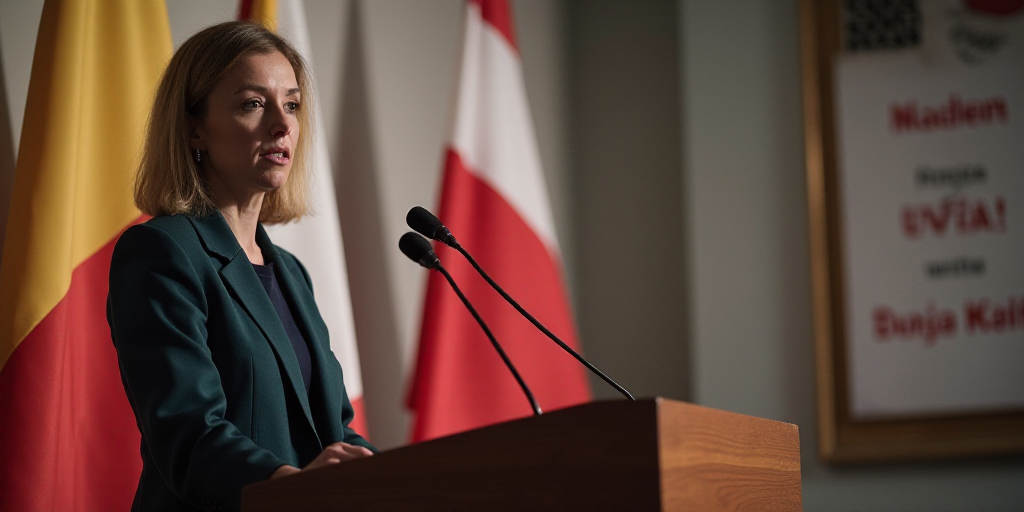President’s Commitment to Salary Minimum Recovery
During a recent address to Mexico’s bankers, President Claudia Sheinbaum reaffirmed her administration’s commitment to increasing the salary minimum annually by 12%, which would result in a 12% rise for 2026. The primary concern is whether this measure can be sustained amidst the projected economic slowdown.
Economic Factors and Salary Minimum Adjustments
Sheinbaum emphasized that the salary minimum adjustments would depend on maintaining controlled inflation. If price increases surpass 4% annually, exceeding the Banco de México’s tolerance range, the salary adjustments could be even larger.
Despite concerns about economic deterioration and downward revisions in growth projections by international and national analysts (with an average PIB growth of 0.2%), the president expressed confidence in the salary minimum’s growth.
“Since 2018, the daily salary minimum has seen a 125% increase in purchasing power. Our goal is for the salary minimum to cover 2.5 basic baskets by 2030, up from the current 1.8 baskets. With a nominal 12% annual increase, controlled inflation will enable us to reach this goal,” Sheinbaum stated during the 88th Banking Convention.
Projected Salary Minimum Increase
The proposed adjustment would raise the general daily salary minimum by approximately 33.50 pesos in 2026, increasing from 278.80 to 312.30 pesos. This would mark the first time the daily minimum surpasses 300 pesos.
On a monthly basis, the reference would rise from 8,475 to 9,494 pesos, leaving it just 850 pesos short of the average formal-market wage in Mexico, which stood at 10,350 pesos per month in 2024 according to Coneval data. This growth rate is significantly slower than the salary minimum’s pace.
Economic Context and Challenges
The current economic scenario is more complex than when the previous administration initiated the salary recovery policy.
- First-quarter 2023 GDP growth was only 0.2%, with industrial activity showing significant weakness and job creation at its lowest point in 16 years.
- Trade tensions with the United States, driven by tariffs imposed by former President Donald Trump, create uncertainty that could impact employment and inflation.
Key Questions and Answers
- Question: The focus shifts from whether to how sustain the growth without compromising formal job viability or causing adverse effects like increased informality, price hikes, or salary structure distortions.
- Answer: Elevating the salary minimum has been a necessary policy, correcting decades of lost purchasing power. However, a 12% nominal increase, as proposed for 2026, puts significant pressure on an adverse economic scenario, particularly affecting micro and small businesses that constitute over 95% of Mexico’s economic units.
- Question:
- Answer: The minimum reference is nearing the average formal income and entry-level salaries in many companies, putting pressure on salary structures and potentially discouraging labor market mobility.
- Question:
- Answer: Without a complementary strategy to boost productivity, these increases might become unsustainable over time or merely transferred to prices, affecting the very purchasing power they aim to protect.
- Question:






